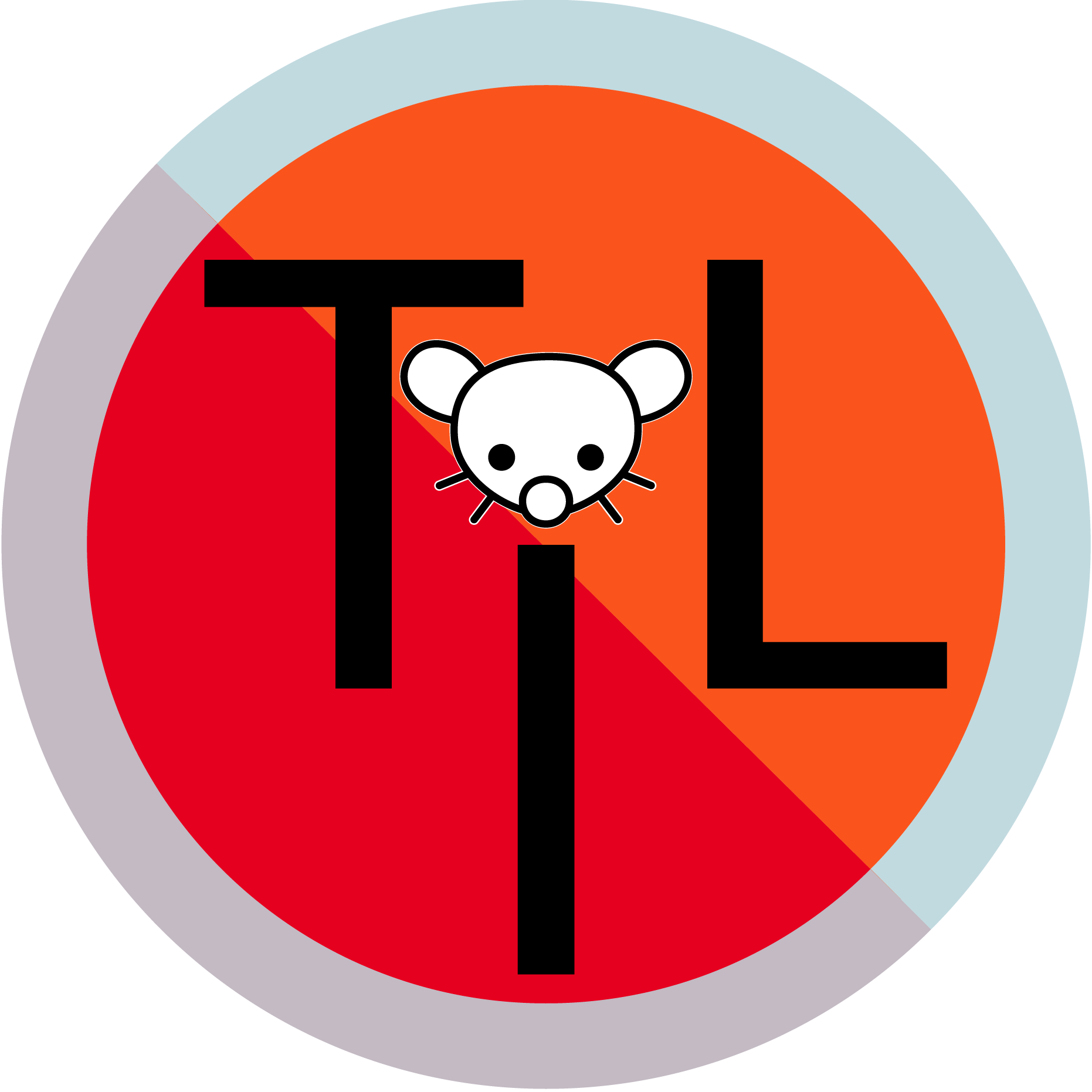

Exactly.
Personally, I call it “python mode” since you’re staying on the “happy path” and let the program just crash out if those expectations aren’t met.


Exactly.
Personally, I call it “python mode” since you’re staying on the “happy path” and let the program just crash out if those expectations aren’t met.
You make an excellent case for mentorship in all this. Thank you for that. Upon reading all this, it never dawned on me that was even how anyone navigated poly.
But it also seems to be a crucible for learning how to negotiating needs and figuring out how to talk about it openly with each other to build connection - and that process both requires and builds respect for your partners.
I can say, with confidence, that even if one completely fails to leave the hypothetical realm with their monogamous partner, the thought-exercise alone carries some of these benefits. Polyamory forces the need to do some hard work, but there’s no need to actually go there when hypothetical scenarios are just as provocative. In fact, it might even function on some level for platonic relationships, where sharing time with others is a concern.
At first, it uncovers things like jealousy, envy, and co-dependence. So you hit the books - all the poly literature out there lays out how to navigate these common issues. For the rest there’s psychotherapy, which is probably needed to grow as individuals, since all those toxic behaviors are usually rooted in trauma. From there one can become stronger, and hopefully so does their relationship(s).
And poly guys aren’t going to meltdown. They are ok with a no, they are emotionally braced for that and have been through worse feelings already. And they have other relationships to fall back on.
This never occurred to me. Thank you for this invaluable insight.


Also, we should keep in mind that their profession - acting like someone other than their actual selves - is damn handy for masking all sorts of awful behavior.
Yeast is anaerobic, meaning that it doesn’t need access to air to metabolize sugars into CO2. So it’s not gonna stop expanding once down the drain. Add to that the very sticky dough surrounding it, and you basically have a recipe ideal for clogging a sewer drain.
PSA: Kidding aside, never do this.
These look like props from a Troma film.


One time, I had my shares reduced in value when my employer sold. I didn’t know they could just write them off at $0.
I suppose it could be argued that, as an “investment” stock’s value (even pre-IPO) is fungible and not guaranteed. Still, this smells like theft.
And I took no offense: we’re good! And yes, these events are front-row seats for epic people-watching. The logistics make no sense, the vibes are sheer chaos, nobody is really prepared to take care of themselves for a few days straight, and these nightcrawlers just bring the strange in droves. it’s wonderful.


I get it, but I just can’t get to that place mentally in stop-and-go-bumper-to-bumper traffic for that long. Not even half that long. If that was a nice 50mph cruise the whole time, sure.
Pretty much. I mean, we all need space and time to be stupid, now and again.


I personally hit a wall at 41 minutes of in-car travel time for a daily commute. I’ve timed it. Every second after that feels like a whole level of abnormal waiting, a kind of cold torture or injustice that you must wade through to to your destination. It’s not a healthy headspace at all. I’ve naturally sought out shorter commutes after this revelation, and yeah, the 30 minute estimate seems right.


I was gonna say. It’s Eastern Europe. That’s like free bus passes for UK residents if they successfully form a queue.
What are the maverick git workflows?
Okay, but be advised: this is how we start fights. Depending on where you’re coming from, everyone else is doing it wrong. Keep that in mind. That said, I want to have a discussion with you and others, if possible.
If we assume that a GitHub PR, or GitLab MR, workflow is “typical”, then the oddballs I know of are:
IMO, a lot of the trouble we run into with Git is largely due to training problems. Also, one has to architect the git space to fit the company, culture, and engineering needs at hand. This means planning out what repositories you need, how you’re going to solve CI/CD, what bar for code review is needed, how to achieve release stability, and how to keep the rate of change steady and predictable. To do any of that, everyone needs to learn a bevy of git commands to do this well, and not enough companies bother to teach them.
I think it all starts with asking the crowd. Once people catch on that’s something we all do, collectively, moving those discussions to a community is the next natural step.
Dozing off in my tent at a burn. Recalling the warm hugs and conversation from other partygoers tripping the light fantastic. My belly full of the wonderful food people brought just to share. The dazzling displays of fire juggling and electronic wizardry brought on by hippies of all stripes. The greasy bass of airport-noise-levels of dubstep lulling me to sleep.


On the home-gamer gameplay side, this is a solid list. On the technology side, I think there’s even more that makes sense for a curated museum tour. There were big leaps made in arcade tech through the 80’s and 90’s that were pushing all manner of graphics and sound, head-and-shoulders above the previous generation.
Sega’s “super scaler” boards come to mind, allowing for games like Hang-on, Outrun, and After Burner. Digitized sound samples started with Sinistar and Tempest. Dragon’s Lair amazed everyone with an interactive LaserDisc experience. There were also notable forays into AR with Time Traveler, and VR with Virutality. Lastly, we have the fully-enclosed and immersive cockpit of early Battletech simulators.


Actually… yes. This was back when “source control” meant keeping the code on an extra floppy in a dusty desk drawer, and “security” meant throwing an extra lock on the office door, and “looking stuff up” meant trying to find useful books at the local bookstore. It was awful.


Politicians will announce policy MONTHS in advance.
So, what you’re saying is we should just read the congressional record and day trade?


**sharp exhale** You’re probably right. It’s just like the gas pumps. A big soda cup takes a few seconds to fill up, and the system knows that’s when you’re holding the button down, staring at the tap. All that makes you an advertising target for the duration.
Is there some version of Occam’s Razor where “enshitification” is the most likely answer?
I’m just as mystified as you.
The only time I interact with the service is when I’m sent a link to a cool band/song and I wind up on the site. “Oh, this again.” I really have zero concept of fandom for something like this.